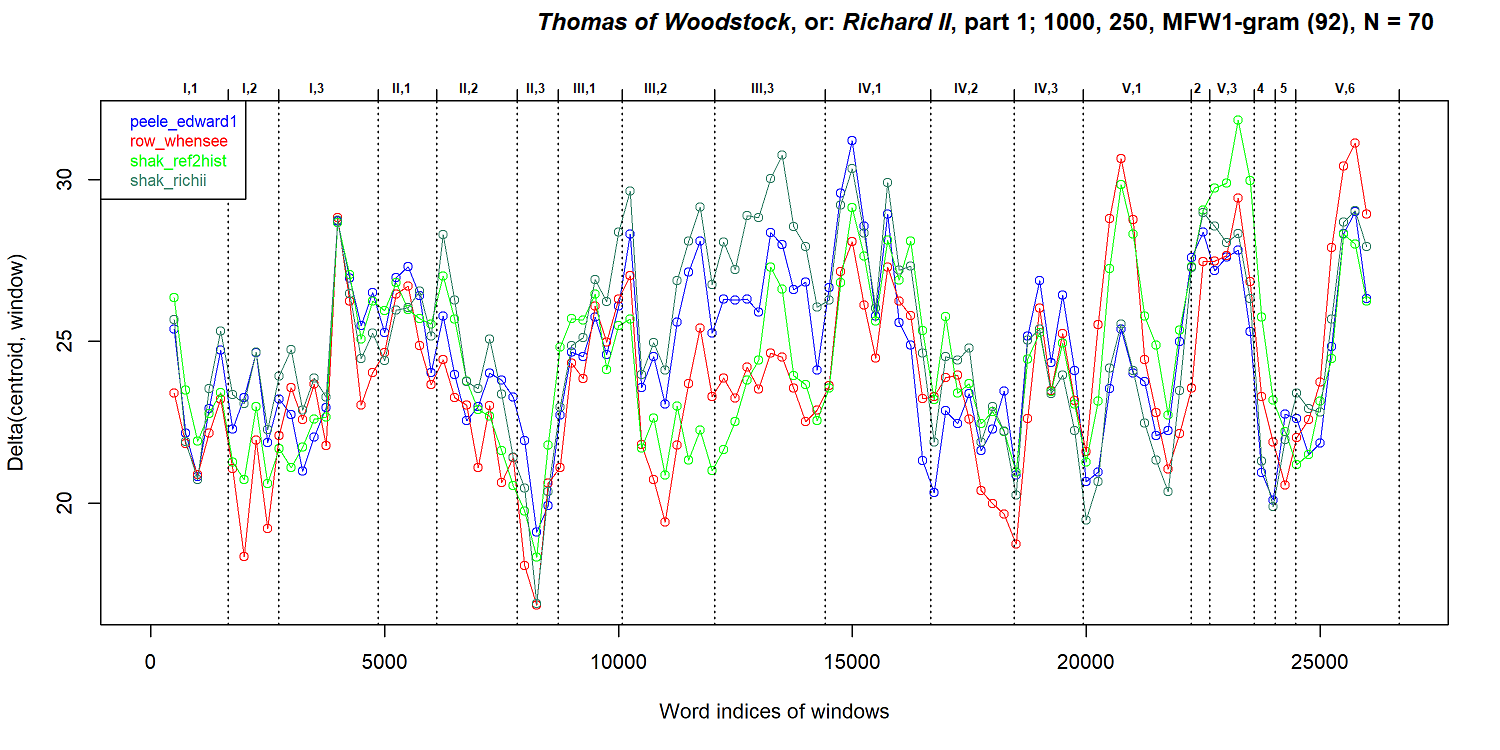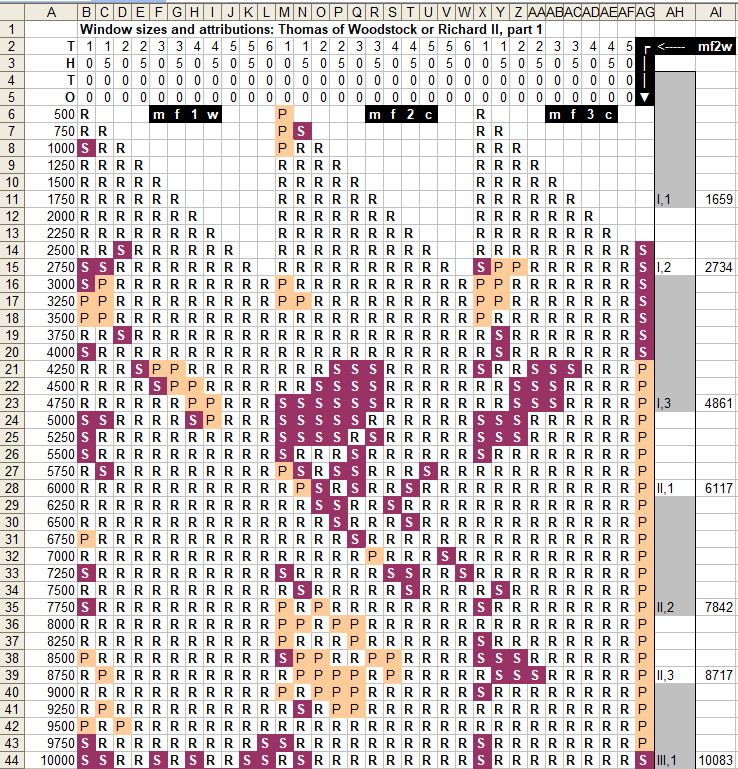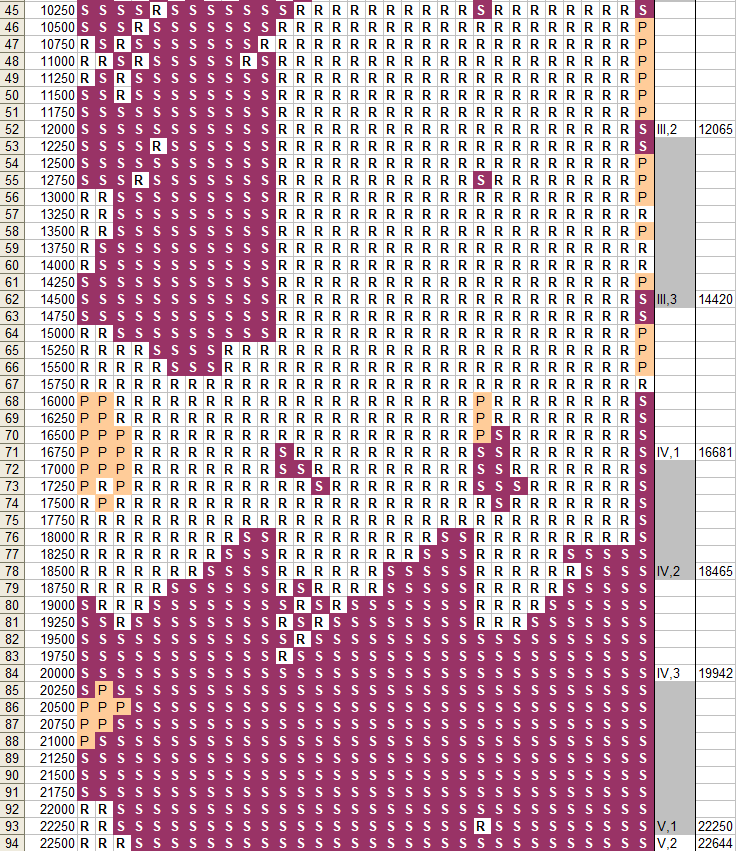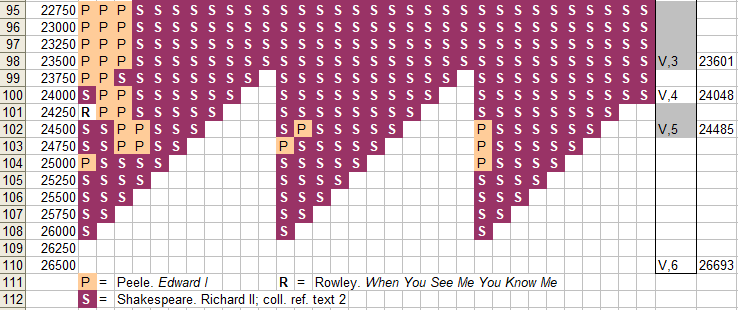MF1W, MF2C and MF3C
Each chart gives the name of the play, the window size, the step size, the type of the most frequent variables
(here words = MFW1-grams, character bigrams (MFC2-grams), and character trigrams = MFC3-grams). The culling value is also
mentioned. N = 70 refers to the percentage of variables that have been taken into account. It should be noted that MF3C accounts for more text than MF1W and, due to the larger population, is statistically more sound.
 auf deutsch
All data were generated from R Stylo (see: Computational Stylistics Group Homepage).
auf deutsch
All data were generated from R Stylo (see: Computational Stylistics Group Homepage). auf deutsch
All data were generated from R Stylo (see: Computational Stylistics Group Homepage).
auf deutsch
All data were generated from R Stylo (see: Computational Stylistics Group Homepage).


